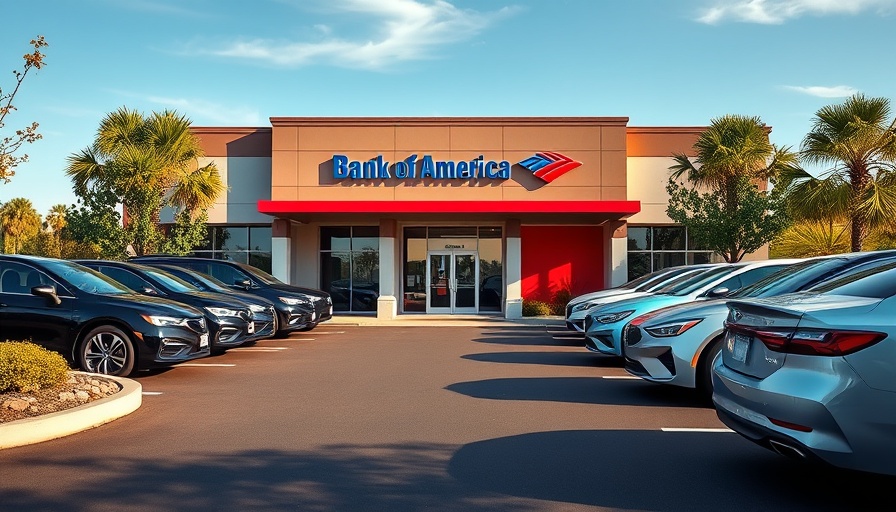
Strong Sales Reflect Consumer Confidence Amid Tariff Pressures
For the second consecutive month, light-vehicle sales have topped a remarkable 17 million units in seasonally adjusted annual rate (SAAR), signaling a robust recovery in the auto market. According to recent data from NADA and Ward’s Intelligence, this marks a 7.7 percent increase from the previous year. It appears that consumer confidence is being bolstered by the prospect of impending tariffs, prompting many to make their purchases earlier than planned. In fact, April saw an impressive SAAR of 17.3 million units, significantly exceeding the figures of 2024.
Inventory Concerns: A Key Element Affecting Sales
With new light-vehicle inventory dropping to 2.62 million units—a 4.1 percent decline year-over-year—dealerships face challenges in stocking sufficient vehicles to meet growing demand. April 2025 marked the first decline in vehicle inventory in three years, as automakers temporarily freeze new vehicle shipments to manage supply amid fluctuating market conditions. This trend could lead to further tightening of inventory levels, particularly if the high sales momentum continues into May, potentially impacting dealerships’ ability to replenish stock efficiently.
Market Dynamics: Segment Variability and Future Impacts
While total light-vehicle sales surged in April, the increases weren’t uniform across all categories. Car sales notably decreased by 4.9 percent year-over-year, indicating a shift in buyer preferences toward trucks and SUVs, which saw double-digit growth. This segment disparity highlights the evolving consumer landscape, compelling dealerships to adjust their strategies to better cater to buyers' inclinations. As production continues to slow, with April's North American output down by 5.9 percent compared to last year, it's vital for dealerships to stay adaptable.
Financial Implications: Used Car Buying Trends
As dealerships navigate tight inventory, potential buyers are also considering alternative financing options to ease their expenses. Current used car financing rates remain lower than average, providing a favorable climate for customers looking to purchase pre-owned vehicles. With an understanding of what constitutes a good car loan rate, consumers can optimize their financing options. Utilizing tools like a used auto financing calculator can help buyers gauge their budgets and find the best rates for their specific needs.
Taking Action: The Importance of Preparedness
For dealership principals and GMs, recognizing the current market dynamics and consumer behavior can lead to better strategic planning. Staying informed about trends in used car interest rates and developing ways to market effectively to maximize sales can significantly influence a dealership's success in this rapidly changing environment. As we observe these trends, it becomes essential not only to anticipate shifts but also to prepare on the financial side by advising consumers effectively about affordable financing options.
In summary, the automotive market is experiencing a notable surge in light-vehicle sales, driven by a blend of consumer urgency and market conditions. Understanding these dynamics provides dealerships an advantage in adapting to upcoming changes and ensuring customer satisfaction. Don’t miss out on optimizing your dealership's approach—explore used car financing strategies today!
 Add Row
Add Row  Add
Add 




Write A Comment